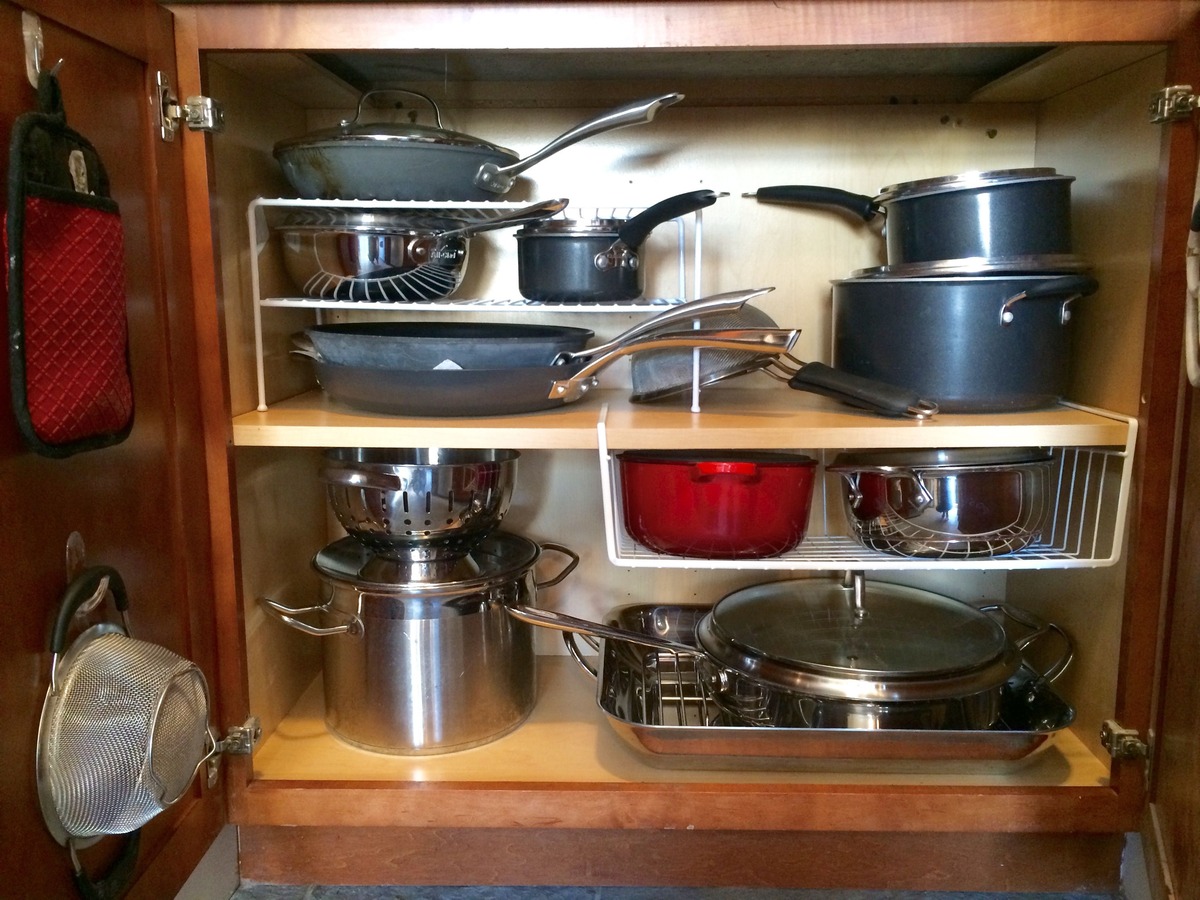

Articles
How To Store Cookware
Modified: January 22, 2024
Discover the best ways to store cookware with our informative articles. Keep your kitchen organized and maximize your cabinet space.
(Many of the links in this article redirect to a specific reviewed product. Your purchase of these products through affiliate links helps to generate commission for Storables.com, at no extra cost. Learn more)
Introduction
Having a well-organized and clutter-free kitchen is a goal that many of us strive for. When it comes to keeping your cookware in order, proper storage is essential. By taking the time to assess your cookware collection, clear out unnecessary items, and choose the right storage space, you can create an organized and efficient kitchen environment.
In this article, we will guide you through the process of storing your cookware effectively. Whether you have a spacious kitchen with ample storage options or a smaller space with limited storage solutions, we have tips and tricks to help maximize your available space. Let’s dive in and discover how to store your cookware in a way that is both practical and visually appealing.
Key Takeaways:
- Assess your cookware collection, clear out unnecessary items, and choose the right storage space to create an organized and efficient kitchen environment.
- Utilize vertical space with racks and hooks, and use dividers and inserts for drawer storage to maximize space and keep your cookware easily accessible.
Read more: How To Store Caraway Cookware
Assessing Your Cookware Collection
Before you start organizing your cookware, it’s important to assess your collection and determine what you actually need and use on a regular basis. Over time, it’s easy to accumulate pots, pans, and other cooking utensils that you rarely use, taking up valuable space in your kitchen cabinets.
Start by taking inventory of your cookware, including pots, pans, baking sheets, and any specialized cookware you may have. Consider how often you use each item and whether it’s essential for your cooking needs. If you find items that you no longer use or need, it might be time to donate or discard them.
When assessing your cookware collection, also pay attention to the condition of each item. If you have cookware that is damaged, such as pots with loose handles or pans with chipped nonstick coating, it may be time to replace them. Keeping only cookware that is in good condition will make your storage and cooking experience more enjoyable.
Another factor to consider when assessing your cookware collection is the material it is made of. Different materials have different care requirements and may need to be stored in specific ways. For example, cast iron cookware should be seasoned and stored with care to prevent rust, while nonstick pans should be stored separately to protect the nonstick coating.
By assessing your cookware collection and eliminating unnecessary or damaged items, you’ll have a clearer idea of what you need to store and how to best organize it in your kitchen.
Clearing Out Unnecessary Items
Once you have assessed your cookware collection, it’s time to clear out any unnecessary items that are taking up space in your kitchen cabinets. Removing items that you no longer use or need will not only declutter your kitchen but also make it easier to access and store the cookware you do use regularly.
Start by identifying items that you rarely use or duplicates of the same item. Ask yourself if you can consolidate or find alternative uses for them. For example, if you have multiple saucepans that serve the same purpose, consider keeping the one in the best condition and donating or gifting the others. Similarly, if you have specialized kitchen gadgets or appliances that you never use, it may be time to let them go.
Additionally, consider the functionality of your cookware. If you have items that no longer perform well or have damaged handles, it might be time to replace them. Cookware that is worn out or no longer safe to use should be discarded to make room for newer, more efficient pieces.
Another aspect to consider when clearing out unnecessary items is whether any of your cookware has become obsolete due to changes in your cooking habits or dietary preferences. If you have items that you rarely use because they were suited to a previous cooking style, it may be time to say goodbye and free up storage space for items that better align with your current needs.
By decluttering and clearing out unnecessary items, you’ll create a more functional and efficient kitchen space, making it easier to organize and store your essential cookware.
Choosing the Right Storage Space
When it comes to storing cookware, choosing the right storage space is crucial for efficient organization. The type and size of your kitchen will influence the options available to you, but there are a few general guidelines to keep in mind.
First, consider utilizing your lower kitchen cabinets for storing larger and heavier items, such as pots and pans. This is especially useful if your cabinets have adjustable shelves or pull-out organizers, making it easier to access and retrieve your cookware. Place heavier items closer to the bottom for stability and to prevent any potential accidents.
If you have overhead cabinets, they are ideal for storing smaller items like baking sheets, lids, and other flat cookware. Use dividers or inserts to keep baking sheets upright and organized, so you can easily grab the one you need without having to shuffle through the entire stack.
Vertical storage can also be a game-changer in maximizing your storage space. Install hooks or a hanging pot rack on the wall or the underside of a cabinet to hang your pots, pans, and other frequently used utensils. This not only saves cabinet space but also adds a decorative element to your kitchen.
For cramped kitchens with limited cabinet space, consider investing in a freestanding rack or shelf specifically designed for cookware storage. These racks often have multiple tiers and can accommodate pots, pans, and even lids, allowing you to easily see and access your cookware.
Lastly, don’t overlook the potential storage opportunities in corners and unused spaces. Corner cabinets can be optimized with specially designed pull-out shelves or lazy Susan turntables, making it easier to store and access your cookware. A narrow gap between appliances or cabinets can be utilized with a slim rolling cart or slide-out pantry to store rarely used or bulky items.
Ultimately, choose storage solutions that suit your specific kitchen layout and needs. The goal is to create a system that maximizes space, keeps your cookware organized, and allows for easy retrieval whenever you’re ready to whip up something delicious.
Organizing Cookware by Type
One of the key principles of effective cookware storage is organizing it by type. By grouping similar items together, you’ll not only create a more streamlined and organized storage system but also make it easier to locate and access specific pieces when needed.
Start by grouping your cookware into categories such as pots, pans, baking sheets, and specialty items. Within each category, further organize them by size or function. For example, stack smaller saucepans inside larger ones and nest pots with their corresponding lids.
Consider the frequency with which you use each type of cookware. Place the items you use most often in easily accessible locations, such as in lower cabinets or on hanging racks. Less frequently used items can be stored towards the back of cabinets or in harder-to-reach areas.
Take advantage of any adjustable shelves in your cabinets to customize the storage space to fit the dimensions of your cookware. This will help eliminate wasted space and ensure that each item has a designated spot.
If you have a large collection of pots and pans, consider using stacking or nesting storage solutions. Stackable pans or nesting cookware sets save space and keep your cookware organized, especially if you have limited cabinet space.
For smaller cooking tools, such as spatulas, ladles, and tongs, utilize drawer dividers or containers to keep them organized and easily accessible. This prevents them from cluttering up countertop space and makes it simpler to find what you need while cooking.
Labeling can also be a helpful organization technique, especially if you have a diverse collection of cookware. Use adhesive labels or tags to identify the contents of each container or drawer, ensuring that everything has a designated place.
By organizing your cookware by type, you’ll create a system that is both visually pleasing and practical. Not only will it make your cookware storage more efficient, but it will also save you time and frustration when you’re in the midst of a cooking project.
Read more: How To Store Stainless Steel Cookware
Utilizing Vertical Space with Racks and Hooks
When it comes to maximizing storage space in your kitchen, don’t underestimate the power of utilizing vertical space. Racks and hooks are excellent tools for making the most of unused wall or cabinet space while keeping your cookware easily accessible.
One popular option is to install a wall-mounted pot rack. This allows you to hang your pots, pans, and even utensils, creating a visually appealing display while freeing up valuable cabinet space. Pot racks come in various styles and sizes, so choose one that fits your kitchen aesthetic and the amount of cookware you have.
If you are not able to install a traditional pot rack, consider using adhesive wall hooks or a tension rod instead. Adhesive hooks can be attached to the walls or the inside of cabinet doors to hang lightweight items like measuring spoons, oven mitts, or even smaller pots and pans. A tension rod placed horizontally inside a cabinet can serve as a convenient spot to hang lids or lightweight utensils.
Speaking of utensils, utilizing a hanging utensil rack is another way to free up drawer space and keep your kitchen tools organized. Attach a utensil rack to the wall or the side of a cabinet within easy reach of your cooking area. This way, your frequently used utensils will be within arm’s reach while cooking, making the entire process more efficient.
For those with limited wall space, consider utilizing the inside of cabinet doors. Install adhesive hooks or even a small wire rack on the inside of a cabinet door to hang measuring cups, sieves, or other lightweight kitchen gadgets. This clever solution allows you to make the most of otherwise unused space.
Lastly, don’t forget about the potential storage space your range hood or microwave can offer. Look for models that have built-in shelves or hanging bars where you can store lightweight items like cooking utensils or spices.
By utilizing vertical space with racks and hooks, you not only increase your storage capacity but also add a unique and functional design element to your kitchen. From showcasing your cookware to keeping your most-used utensils within reach, these simple solutions will transform your kitchen into an organized and efficient workspace.
Store cookware by nesting pots and pans inside each other to save space. Use pan protectors or paper towels in between to prevent scratches. Hang lids on a rack or inside a cabinet door to keep them organized.
Using Dividers and Inserts for Drawer Storage
When it comes to organizing your cookware, don’t overlook the power of drawer storage. Drawers offer a convenient and accessible way to store items like utensils, measuring cups, and other smaller cooking tools. To optimize drawer space and keep everything neat and tidy, consider using dividers and inserts.
Drawer dividers are essential for keeping your utensils and gadgets organized. They can be found in various materials, such as plastic, bamboo, or metal, and come in adjustable or fixed designs. Adjustable dividers allow you to customize the size of each compartment according to your needs, while fixed dividers provide a more stable and permanent solution.
Start by sorting your utensils into categories, such as spoons, spatulas, whisks, and so on. Place each category in its designated section with the help of the dividers. This will not only keep your utensils organized but also make it easier to find what you need when cooking.
In addition to dividers, drawer inserts are excellent tools for maximizing space and keeping items in place. Inserts with compartments can be used to store smaller items like measuring cups, measuring spoons, or even spice jars. These inserts help prevent items from rolling around or getting mixed up within the drawer.
If you have a deep drawer, consider using stackable storage containers within the drawer to create multiple levels of storage. This allows you to make the most of the vertical space in the drawer while keeping your items organized and easily accessible.
Another helpful tool for drawer organization is a utensil tray. Utensil trays have separate compartments for different types of utensils and gadgets, making it easy to find what you need at a glance. They are especially useful for larger drawers or for those who prefer a more structured organization system.
When using dividers and inserts, be mindful of the size and dimensions of your drawer to ensure a proper fit. Measure the interior of your drawers before purchasing dividers or inserts to make sure they will work effectively in your space.
By utilizing dividers and inserts, you can transform your kitchen drawers into efficient and neatly organized storage spaces. Say goodbye to jumbled utensils and hard-to-find measuring cups, and hello to a streamlined cooking experience.
Protecting Nonstick Surfaces and Delicate Cookware
When it comes to storing your cookware, it’s important to take extra care with nonstick surfaces and delicate pieces. Proper storage and protection will help extend the lifespan of these items and ensure they remain in good condition for years to come.
First and foremost, avoid stacking nonstick pans directly on top of each other. The friction and weight of the pans can scratch or damage the nonstick coating. Instead, place a soft and protective layer, such as a paper towel or a felt liner, between each pan. This will prevent any direct contact and minimize the risk of scratching.
If you’re short on cabinet or storage space, consider investing in pan protectors. These are circular or square-shaped pads that can be placed between pans to provide a cushioning layer. Pan protectors prevent scratches and dings while keeping your nonstick pans neatly separated.
In addition to using protective layers, store nonstick pans and pots upright to prevent warping or deformation. Stacking them on their edges can put pressure on the nonstick surface, leading to potential damage. If space is limited, try using a wire rack or divider to keep the pans upright.
Delicate cookware, such as ceramic or glass pieces, also require special attention during storage. Like nonstick pans, it’s essential to avoid stacking delicate items on top of one another. The weight and pressure can cause chips, cracks, or breakage. Use felt or silicone protectors between each piece to create a protective barrier.
If you have lids for your cookware, store them separately to prevent damage. Stacking lids can cause scratches or cracks, especially if they’re made of glass or have handles. Utilize a lid organizer or prop them upright in a drawer to keep them safe and easily accessible.
Avoid storing nonstick or delicate cookware near heat sources or in direct sunlight. Extreme temperatures can cause warping, discoloration, or even damage to the nonstick coating. Find a cool and dry storage space away from direct heat to ensure the longevity of these items.
Remember to clean and dry nonstick and delicate cookware thoroughly before storing them. Moisture can lead to the growth of mold or mildew, which can damage the surface or leave stains. Make sure the cookware is completely dry before placing them in storage.
By taking the necessary precautions to protect nonstick surfaces and delicate cookware, you can enjoy their benefits for a long time. Proper storage and care will preserve their functionality and appearance, allowing you to cook with confidence and maintain the quality of your cookware collection.
Storing Lids and Handles
When it comes to storing your cookware, don’t forget about the lids and handles. These often overlooked components require their own organization and storage solutions to keep them accessible and in good condition.
One popular option for lid storage is a lid organizer. These organizers typically have slots or compartments to hold lids of various sizes. You can find lid organizers that sit inside cabinets, on countertops, or even attach to the back of cabinet doors. This allows you to keep your lids neatly stored and easily accessible.
If you prefer a simpler solution, consider using a wire rack or even a dish drying rack. Simply prop the lids vertically between the wires or slots, making sure they fit securely. This method can be useful if you have limited storage space or want a more DIY approach.
Another idea is to utilize a storage bin or box specifically designed for lids. These bins often have dividers or compartments to keep each lid separated and prevent scratching. They can be placed inside cabinets or on pantry shelves, providing a designated space for your lids.
As for handles, it’s important to store them in a way that prevents them from getting tangled or damaged. One option is to use a hanging rod or bar with S-shaped hooks. Hang the handles individually on the hooks, allowing them to hang freely without touching each other. This method works well for utensils with long handles, such as spatulas and slotted spoons.
If you have a smaller collection of handles, consider using a utensil holder or crock to store them upright on your countertop. This not only keeps them organized but also makes them easily accessible when you’re in the midst of cooking. Look for holders with sections or compartments, allowing you to separate different types of handles.
For larger handles or handles that aren’t detachable, such as those on skillets or Dutch ovens, store the cookware in a way that protects the handles. Place them in an easily accessible spot in your cabinet, arranging them in a way that keeps the handles from being bumped or bent.
Lastly, consider using adhesive hooks or magnetic strips to hang handles on the inside of cabinet doors. This is a great solution if you have limited drawer or countertop space. Attach the hooks or strips at a height that allows the handles to hang freely and securely.
By taking the time to properly store lids and handles, you’ll prevent damage, ensure their longevity, and make it easier to find what you need in your cookware collection.
Cleaning and Maintaining Cookware
Cookware is an essential part of any kitchen, and proper cleaning and maintenance are key to ensuring its longevity and performance. By following a few simple guidelines, you can keep your cookware in great shape for years to come.
Start by familiarizing yourself with the cleaning instructions specific to each type of cookware. Different materials and coatings may require different cleaning methods. Always refer to the manufacturer’s guidance to ensure you’re using the appropriate cleaning products and techniques.
For nonstick cookware, it’s important to avoid using metal utensils or abrasive cleaners that can damage the nonstick coating. Instead, opt for soft nylon or silicone utensils and gentle dish soap. If food residue sticks to the surface, soak the cookware in warm, soapy water to loosen it before gently scrubbing with a non-abrasive sponge.
Stainless steel cookware can be cleaned with warm, soapy water and a non-abrasive sponge or cloth. If stubborn stains or discoloration occur, a paste made of baking soda and water can help remove the marks. Avoid using chlorine bleach or abrasive cleaners on stainless steel as they can cause damage.
Cast iron cookware requires special care to maintain its seasoning and prevent rust. After each use, clean the surface with hot water and a stiff brush. Avoid using soap as it can strip away the seasoning. Once clean, dry the cookware thoroughly to prevent moisture from causing rust. Apply a thin layer of vegetable oil to the cooking surface before storing to maintain the seasoning.
Copper cookware is incredibly beautiful but requires regular maintenance to keep its shine. To clean copper, use a mixture of salt and vinegar or lemon juice. Apply the mixture to the surface, gently scrub with a cloth, and then rinse. Afterward, dry the copper cookware thoroughly to avoid tarnishing.
When it comes to maintaining cookware, avoiding extreme temperature changes is crucial. Rapid temperature fluctuations can cause warping or damage the coatings of some cookware. Allow your cookware to cool naturally before washing or transferring it from the stovetop to the sink.
Store your cookware properly to prevent scratches and extend its lifespan. Consider using protective liners or soft cloth between stacked pots and pans to minimize the risk of scratches. Hang lids on hooks or store them separately to avoid damage.
Regular maintenance of cookware also includes periodic inspection. Check handles, knobs, and rivets to ensure they are secure. Loose handles or rivets can lead to accidents or make cooking more challenging. If any components are damaged, consider repairing or replacing them to maintain the safety and functionality of your cookware.
By following these cleaning and maintenance practices, you can keep your cookware in excellent condition. Cleaning after each use, using appropriate cleaning methods, and taking steps to prevent damage will prolong the life of your cookware and ensure enjoyable cooking experiences for years to come.
Conclusion
Effective storage and proper maintenance of your cookware are essential for maintaining an organized and functional kitchen. By assessing your cookware collection, clearing out unnecessary items, and choosing the right storage space, you can optimize your kitchen’s storage capacity and create a streamlined cooking environment.
Organizing your cookware by type, utilizing vertical space with racks and hooks, and using dividers and inserts for drawer storage will help you maximize space and keep your cookware easily accessible. Taking extra care to protect nonstick surfaces and delicate cookware, as well as finding suitable storage solutions for lids and handles, ensures that your cookware will remain in great condition for years to come.
An important aspect of maintaining cookware is proper cleaning and regular maintenance. Following the manufacturer’s cleaning instructions, using gentle cleaning products, and regular inspection of your cookware will help extend its lifespan and ensure optimal cooking performance.
In conclusion, by implementing these strategies and guidelines, you can create an organized and efficient kitchen space where your cookware is properly stored, protected, and maintained. This will not only enhance your cooking experience but also contribute to the long-term durability and functionality of your beloved cookware collection.
So, take the time to assess your cookware, clear out unnecessary items, and implement the storage and maintenance tips shared in this article. Your kitchen will thank you, and you’ll be ready to whip up delicious meals with ease and confidence!
Frequently Asked Questions about How To Store Cookware
Was this page helpful?
At Storables.com, we guarantee accurate and reliable information. Our content, validated by Expert Board Contributors, is crafted following stringent Editorial Policies. We're committed to providing you with well-researched, expert-backed insights for all your informational needs.
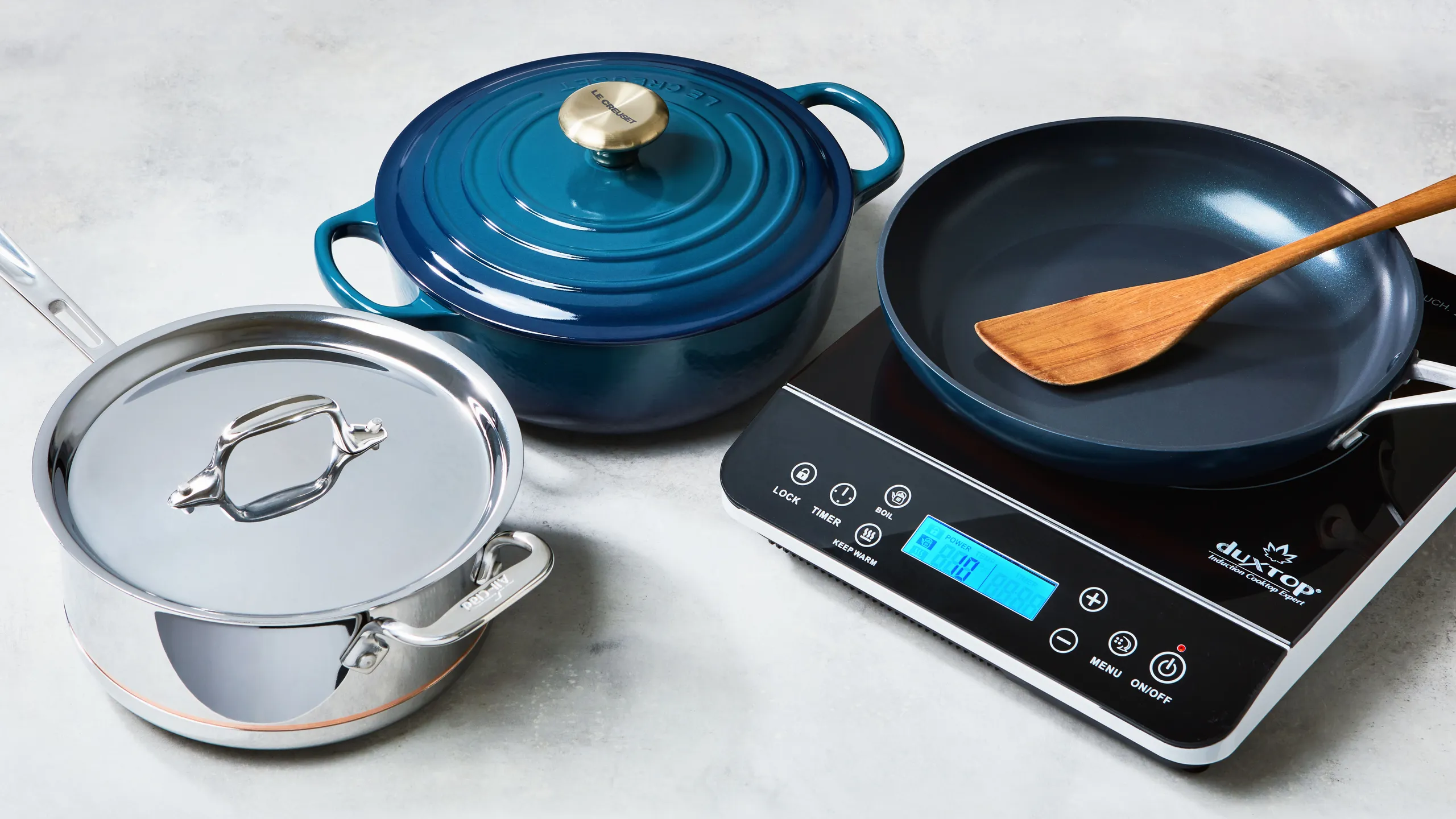
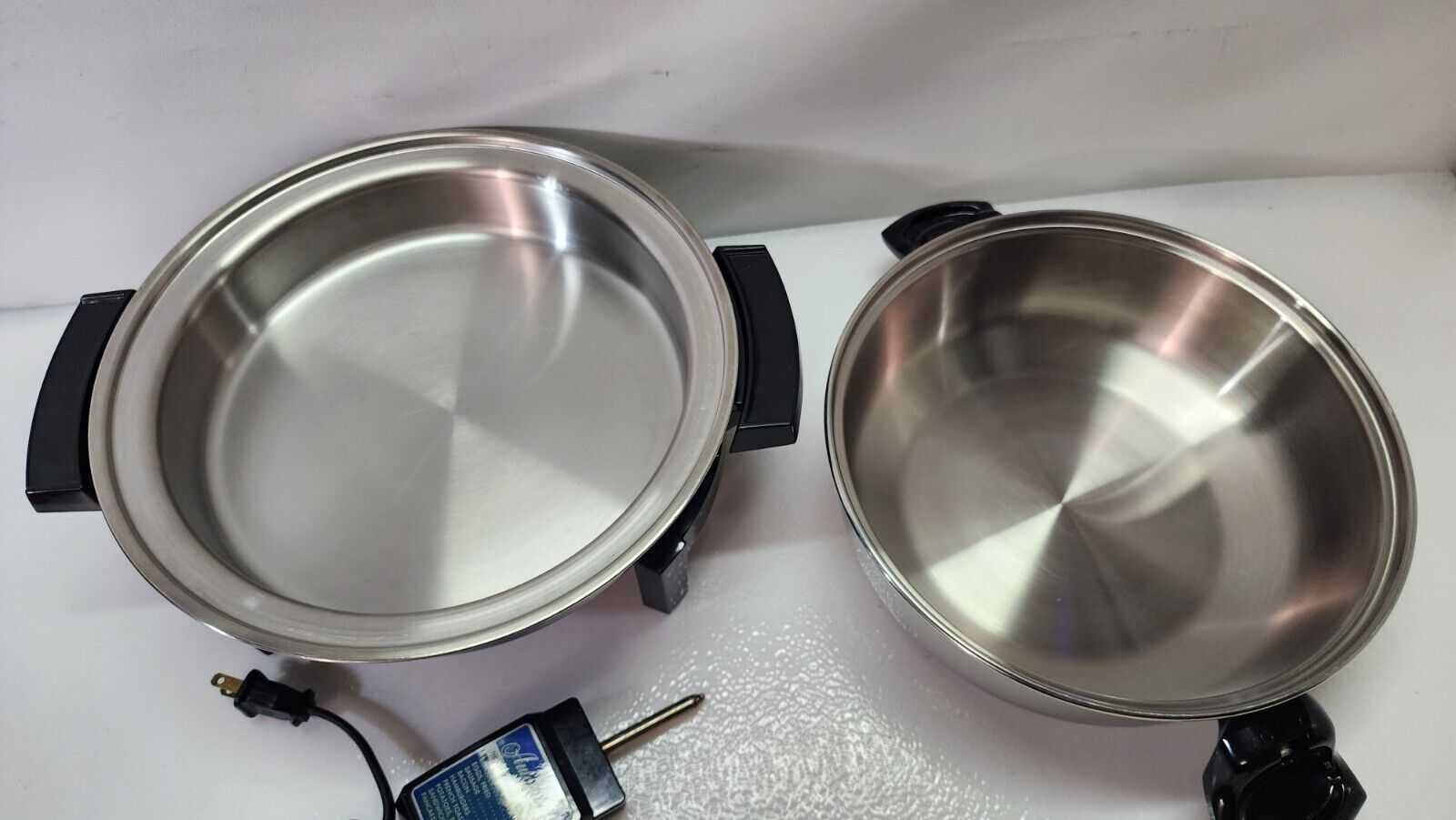
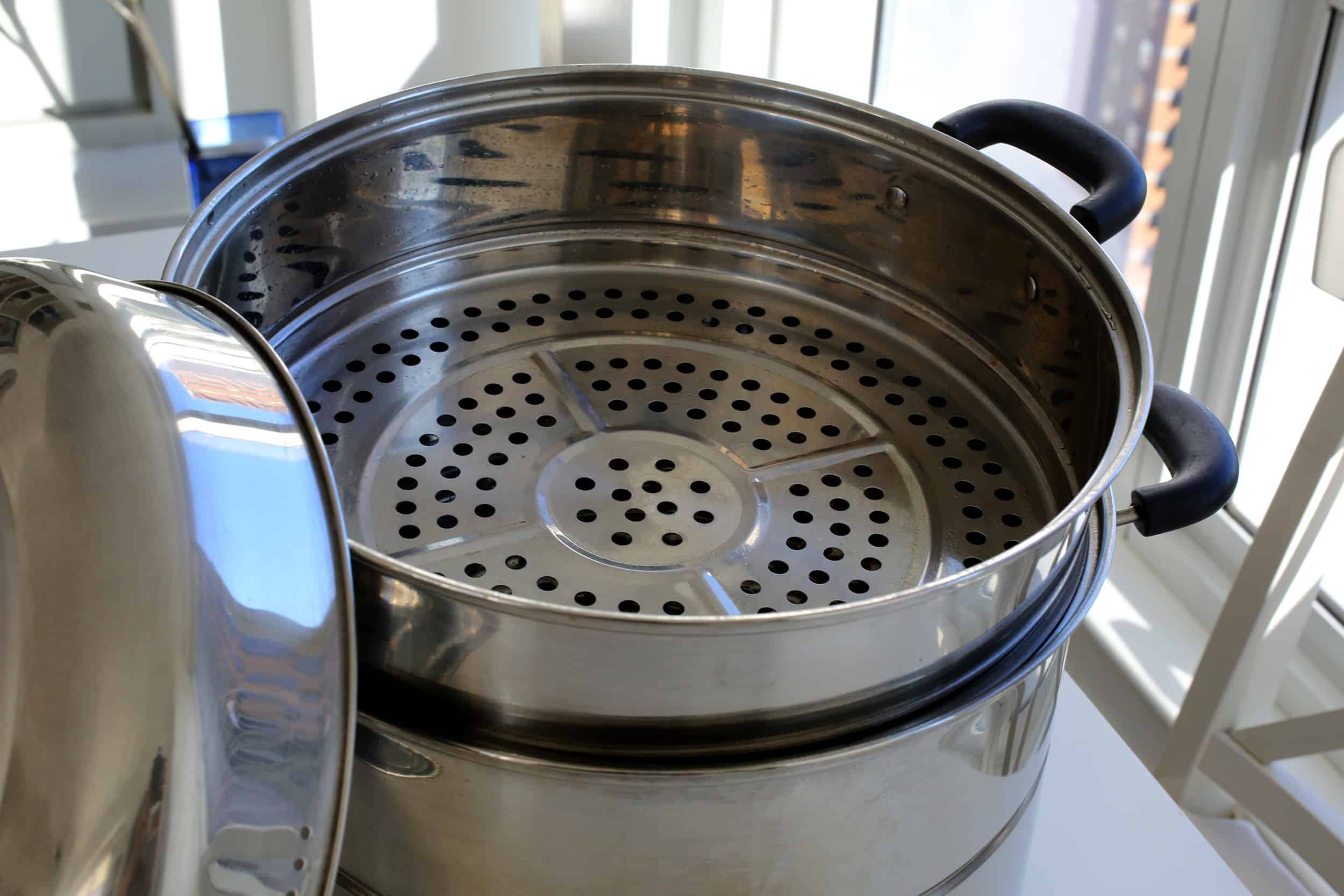
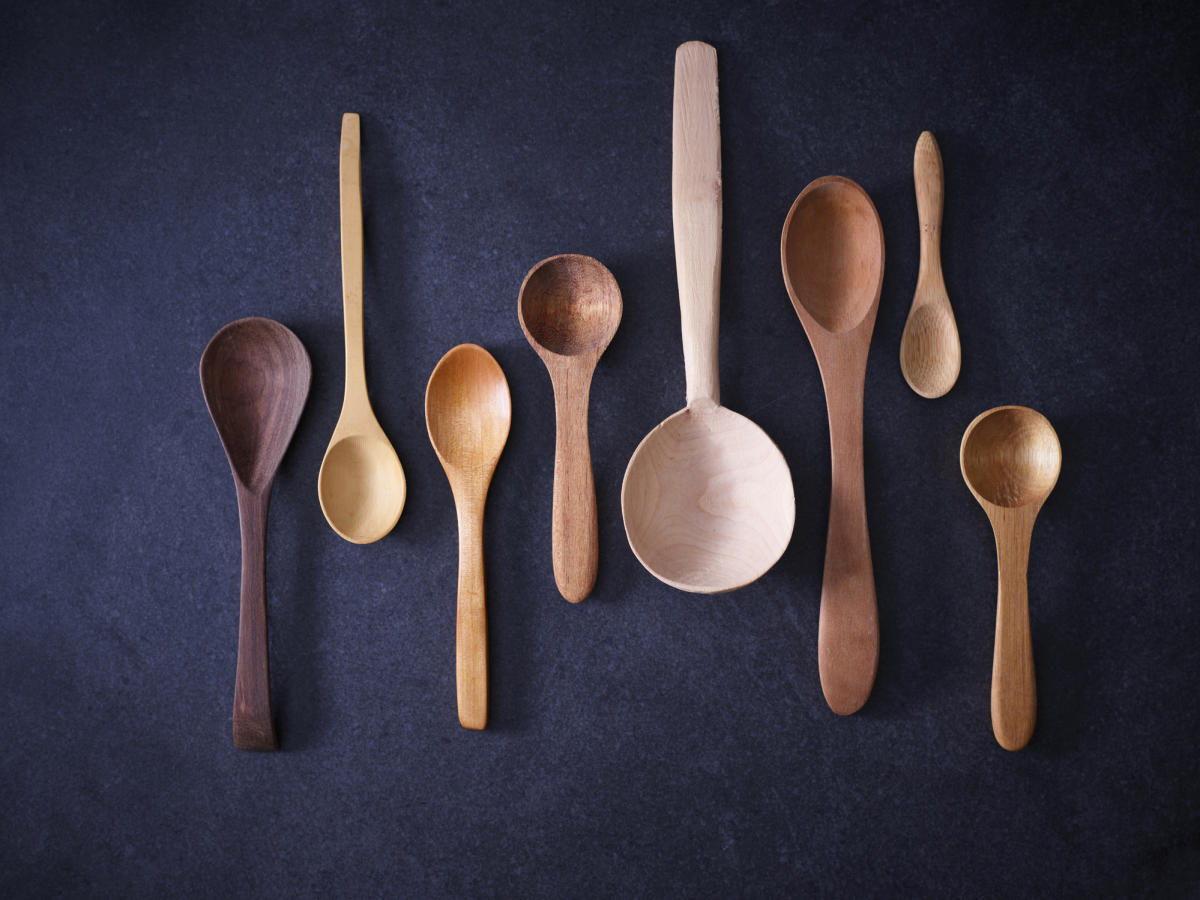
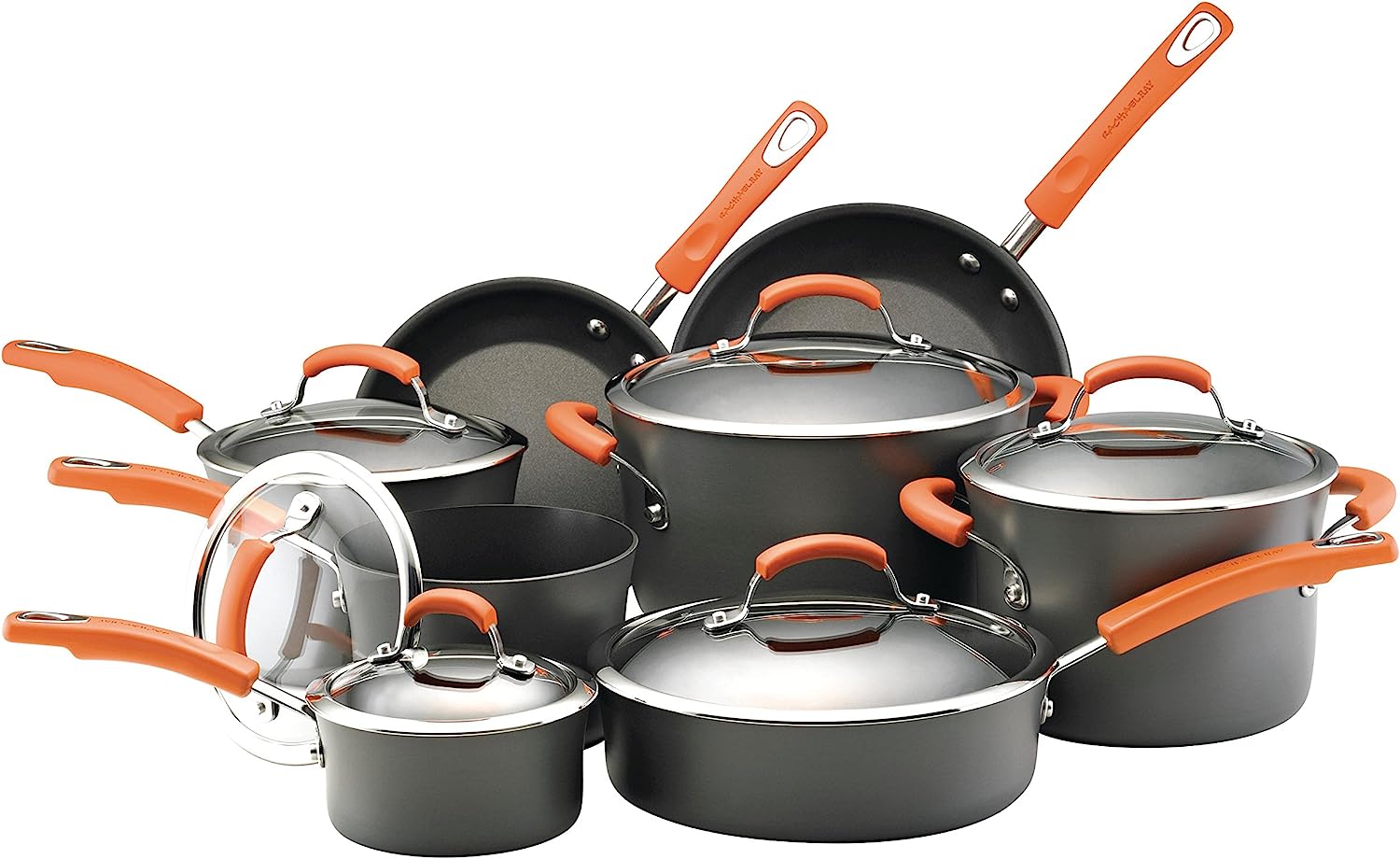
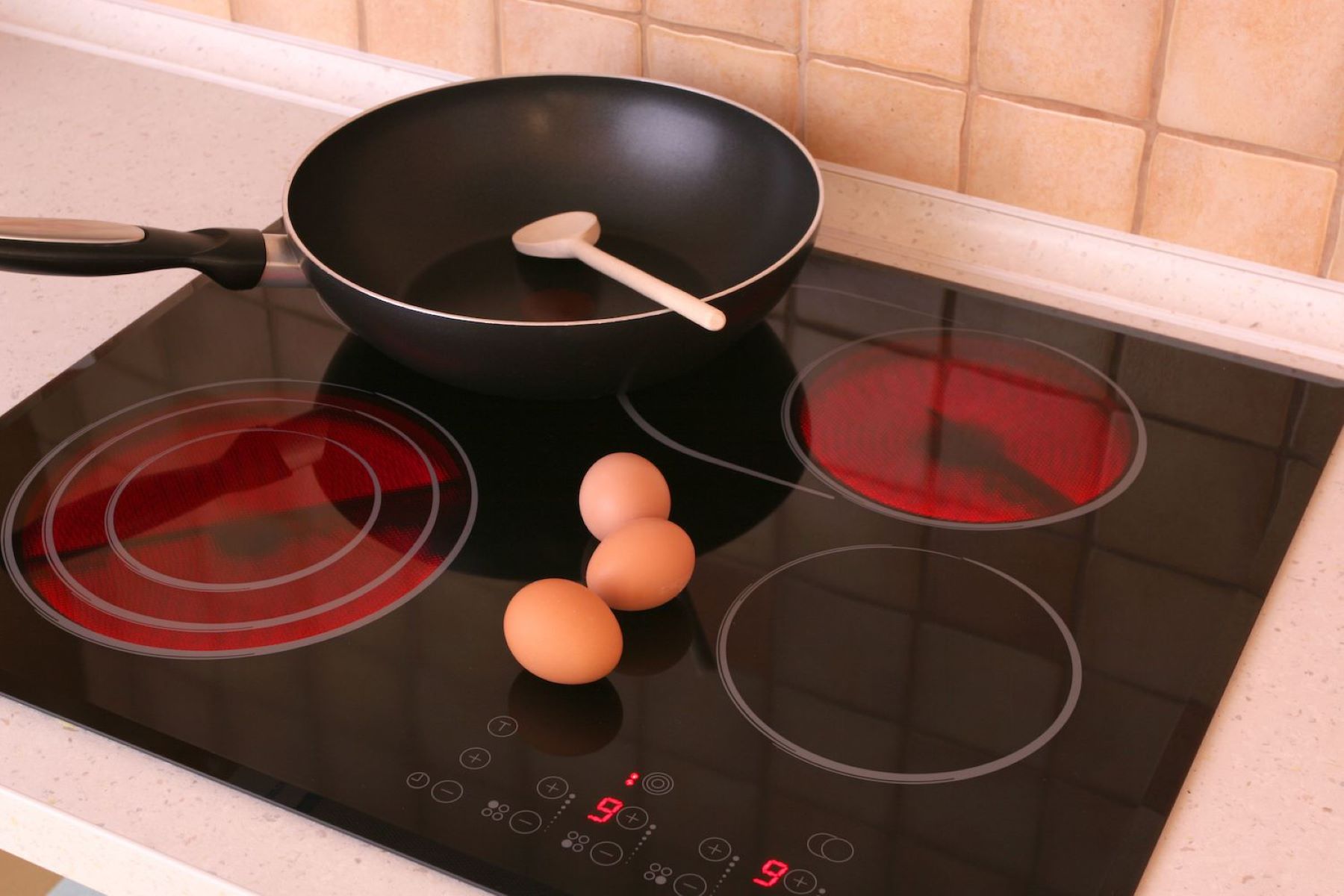
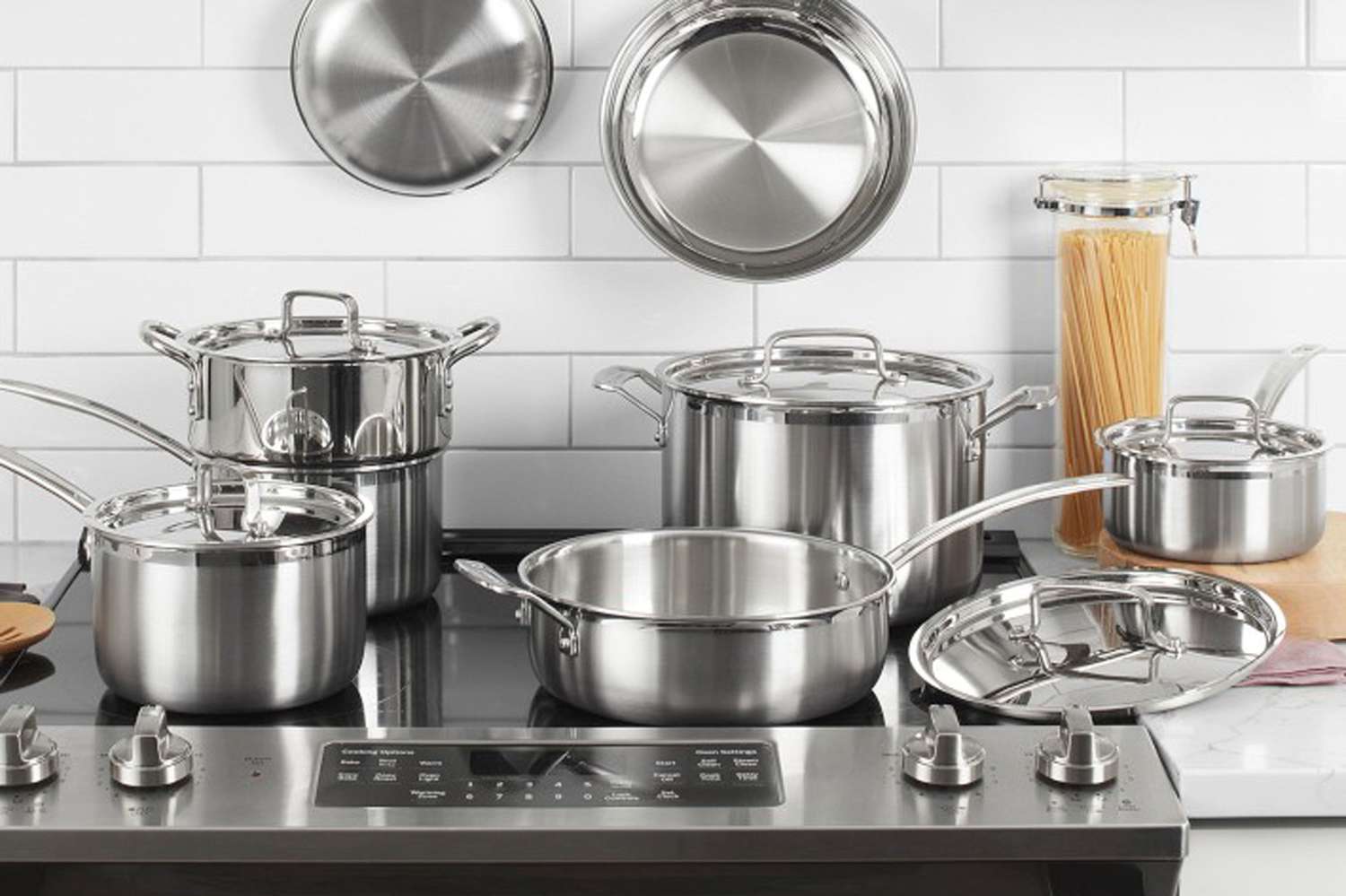
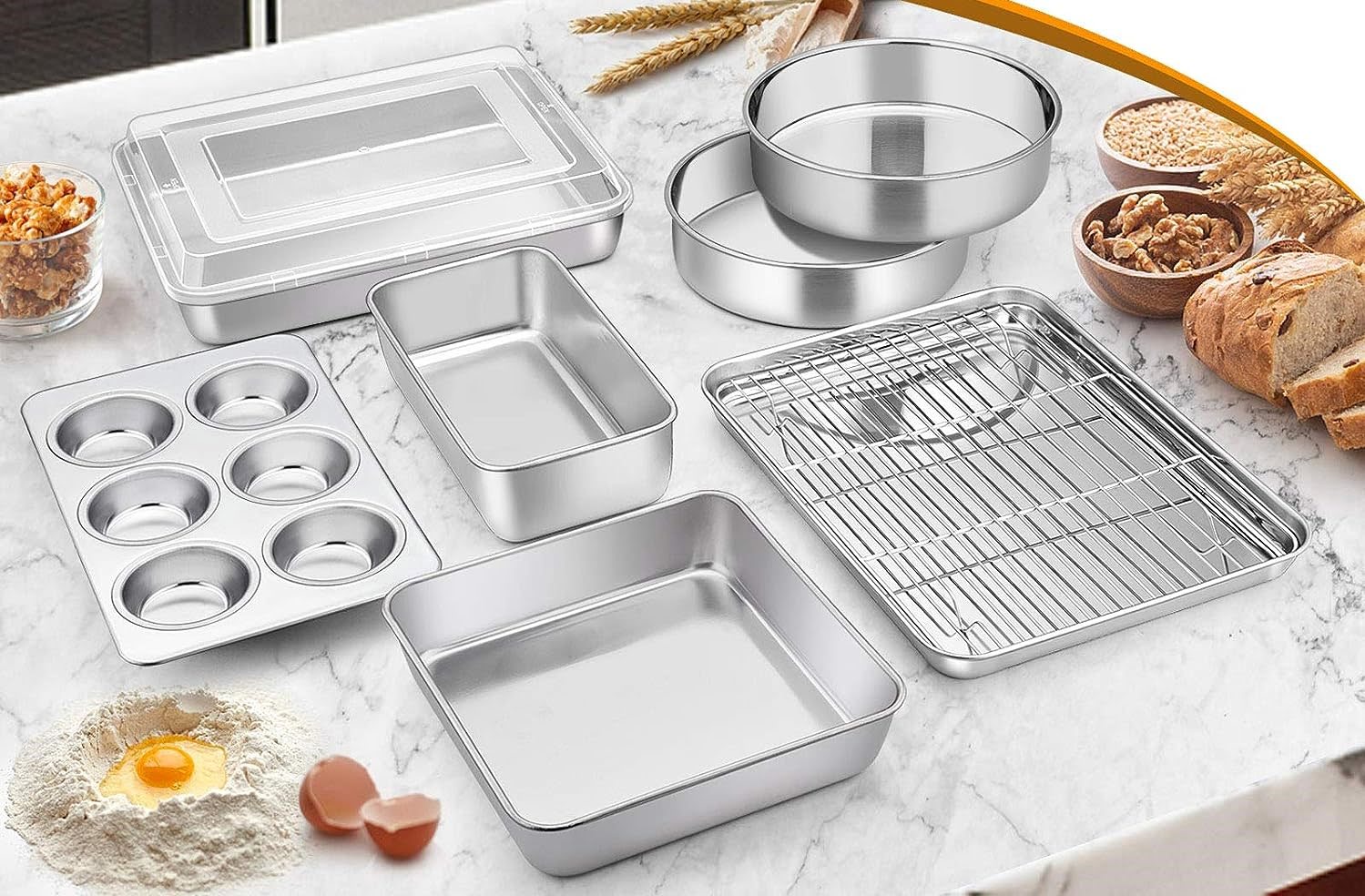
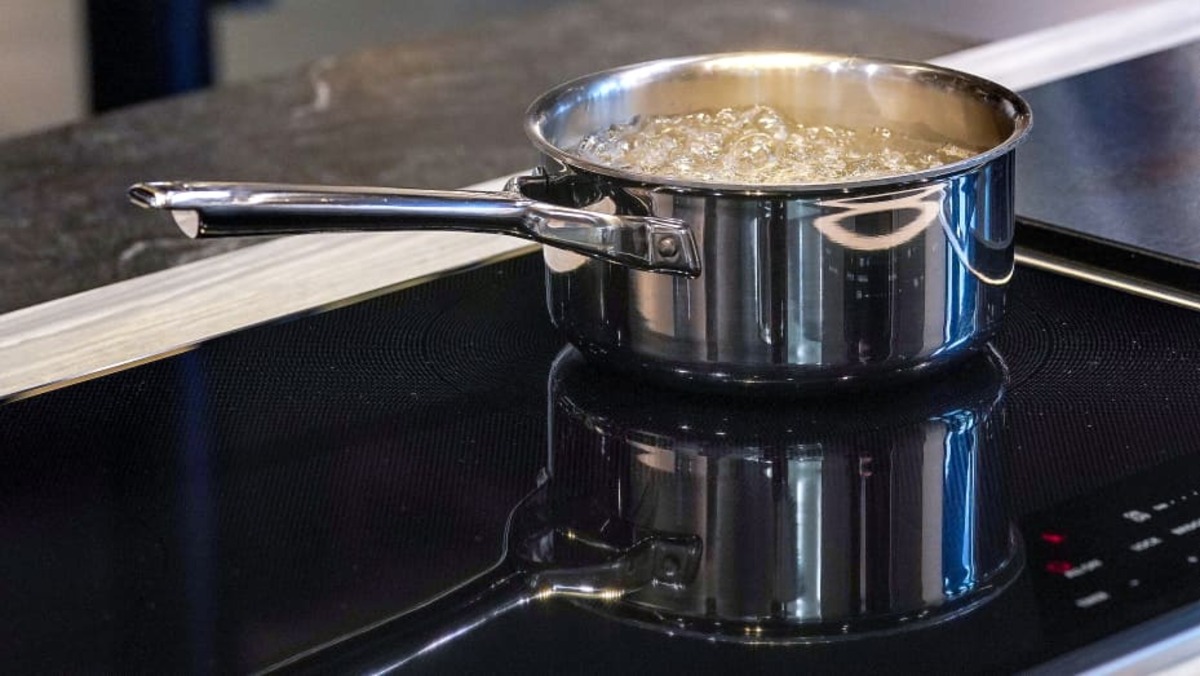
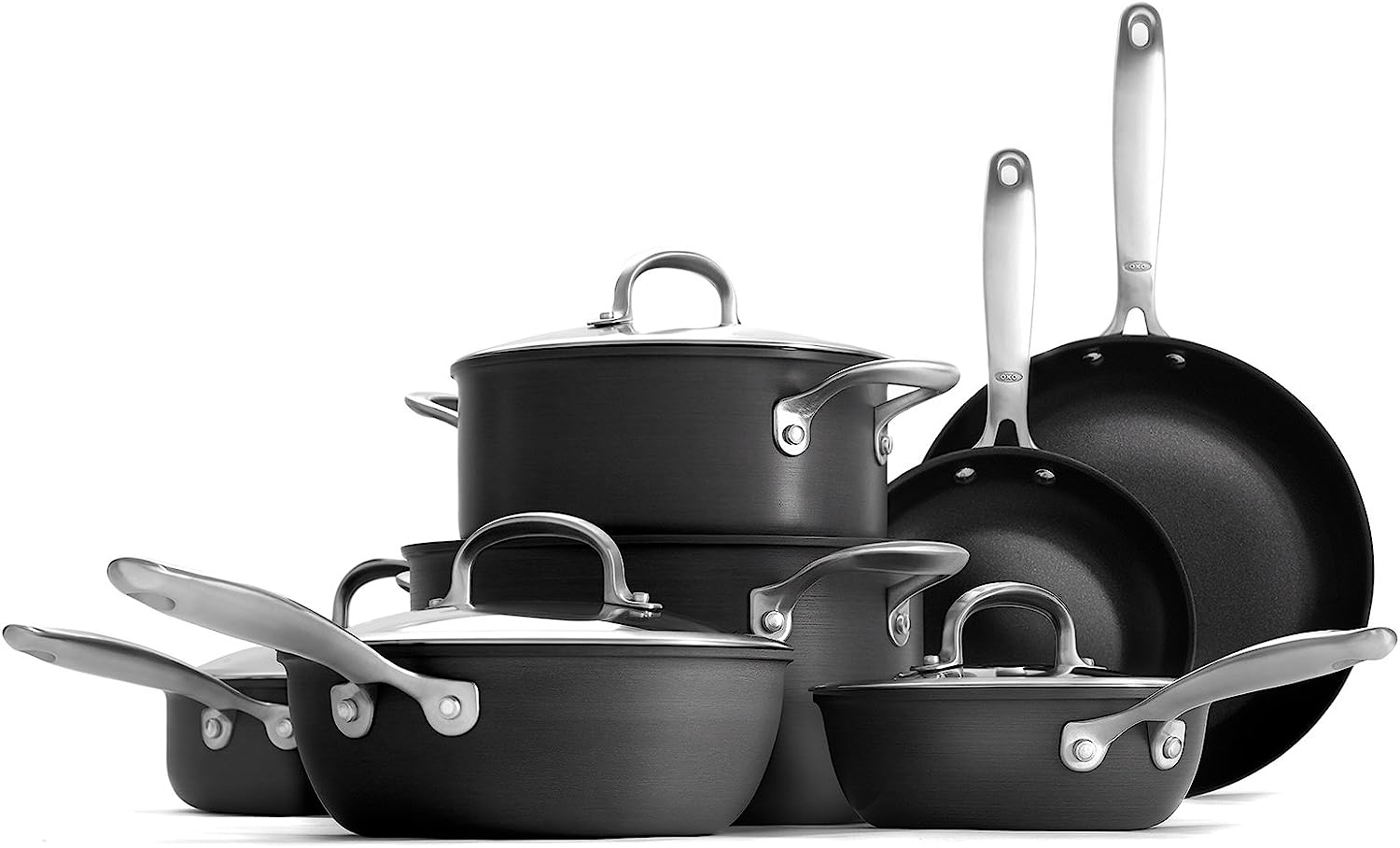
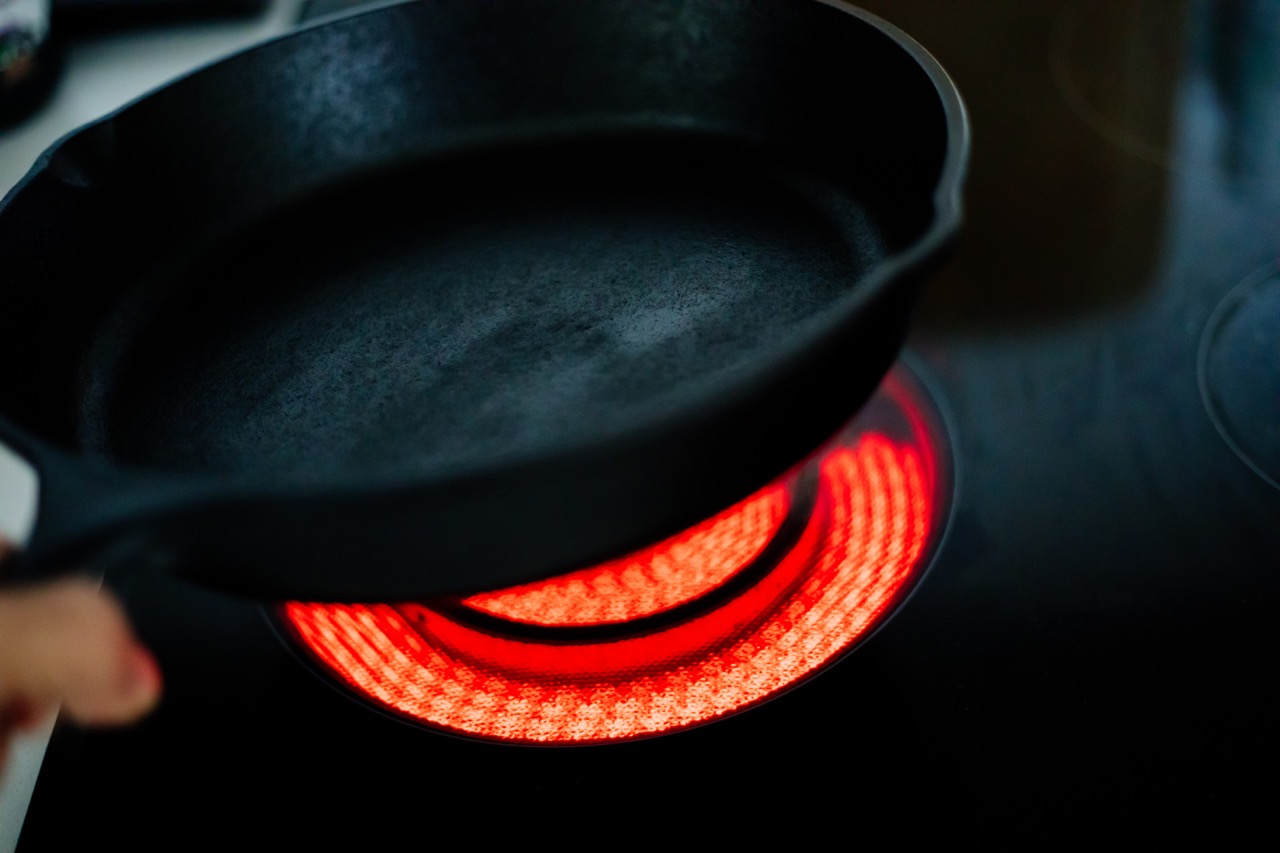
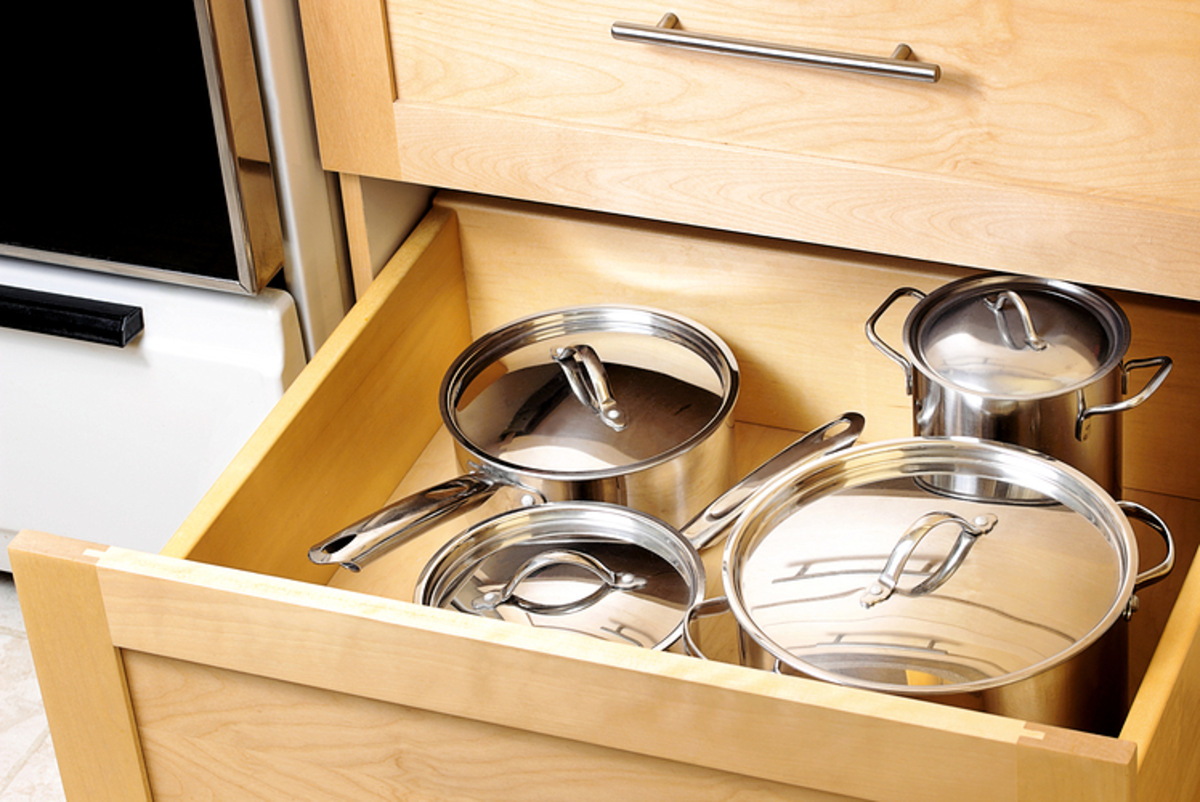
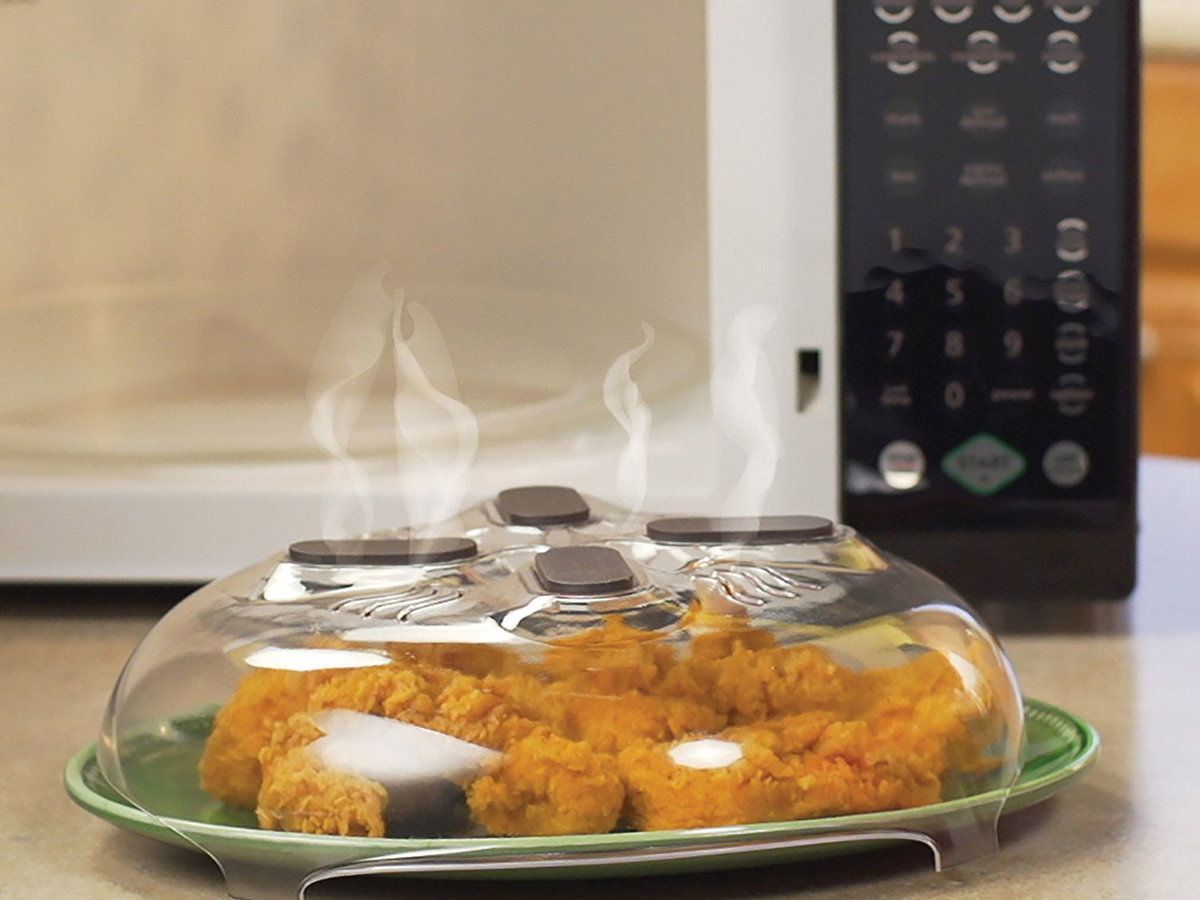

0 thoughts on “How To Store Cookware”